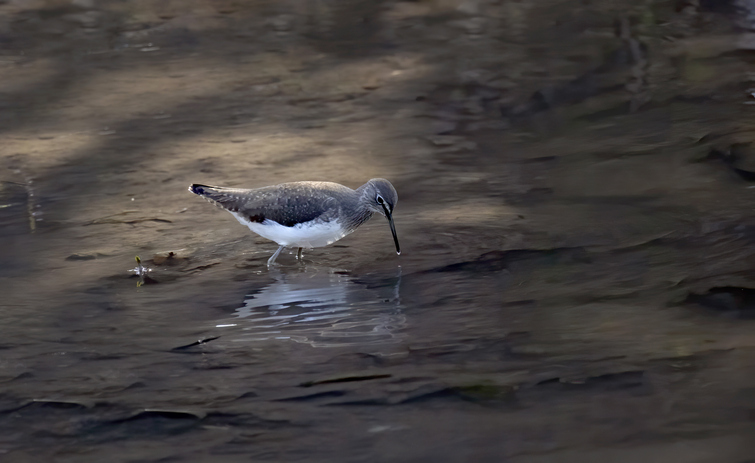High levels of selenium have been detected in limited groundwater samples in Haryana and Punjab, Minister of State for Jal Shakti V. Somanna informed the Rajya Sabha on Monday.
Citing data from the Central Ground Water Board (CGWB), the Ministry said that during 2019, a total of 5,956 samples were collected and analysed for selenium across 17 States and Union Territories. Out of these, only four samples—two from Jhajjar district in Haryana and two from Rupnagar (Ropar) district in Punjab—were found to have concentrations above the permissible limit of 10 ppb (Parts per billion).
To address water quality concerns, the Centre is implementing the Jal Jeevan Mission (JJM), launched in August 2019, in partnership with States and UTs to provide every rural household with potable tap water in adequate quantity and of prescribed quality on a regular basis. While drinking water is a state subject, the Government of India supports states with technical and financial assistance.
Under JJM, the Bureau of Indian Standards’ BIS:10500 norms are used as the benchmark for water quality in piped supply schemes. Priority is given to habitations affected by chemical contamination, and states have been advised to identify alternative safe water sources for affected villages. As an interim measure, States and UTs have also been directed to install community water purification plants to ensure households receive 8–10 litres per person per day of safe water for drinking and cooking.
The Ministry said that up to 2% of the annual JJM allocation can be utilised by States and UTs for water quality monitoring and surveillance, which includes setting up and upgrading laboratories, procuring equipment, hiring skilled manpower, and community-level testing using field kits.
Awareness drives are also being carried out to tackle local groundwater issues, including pollution. The CGWB has organised nearly 1,550 public interaction programmes across the country, reaching about 1.36 lakh people, focusing on safe groundwater use, rainwater harvesting, and recharge structures.
In addition, the government has released handbooks for States on monitoring piped drinking water quality and on adopting suitable drinking water treatment technologies to tackle local contamination issues.










